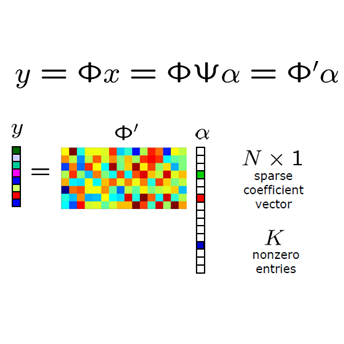Learned regularization for MRI reconstruction can provide complex data-driven priors to inverse problems while still retaining the control and insight of a variational regularization method. Moreover, unsupervised learning, without paired training data, allows the learned regularizer to remain flexible to changes in the forward problem such as noise level, sampling pattern or coil sensitivities. One such approach uses generative models, trained on ground-truth images, as priors for inverse problems, penalizing reconstructions far from images the generator can produce. In this work, we utilize variational autoencoders (VAEs) that generate not only an image but also a covariance uncertainty matrix for each image. The covariance can model changing uncertainty dependencies caused by structure in the image, such as edges or objects, and provides a new distance metric from the manifold of learned images. We demonstrate these novel generative regularizers on radially sub-sampled MRI knee measurements from the fastMRI dataset and compare them to other unlearned, unsupervised and supervised methods. Our results show that the proposed method is competitive with other state-of-the-art methods and behaves consistently with changing sampling patterns and noise levels.
翻译:用于MRI重建的Sclear 身份正规化可以提供由数据驱动的复杂前置问题,同时仍然保留对变式正规化方法的控制和洞察力。此外,没有监管的学习,没有配对的培训数据,使学习的正规化者能够保持灵活性,以适应前期问题的变化,如噪音水平、抽样模式或卷轴敏感度。一种方法使用基因化模型,在地面图象方面受过培训,作为反向问题的先验,惩罚远离生成器所生成图像的重建。在这项工作中,我们使用不仅产生图像,而且产生共变异不确定性矩阵的变异自动化器(VAEs),这种变异性可以模拟图像结构(如边缘或对象)所造成的不确定性依赖性变化,并且从多种已学图像中提供新的距离度指标。我们展示了这些在快速MRI数据集中进行辐射分抽样的MRI膝盖测量的新型基因化调节器,并将它们与其他未了解的、未超超和受监督的方法进行比较。我们的结果表明,拟议方法与其他状态的取样方法具有竞争力,并不断变化。


